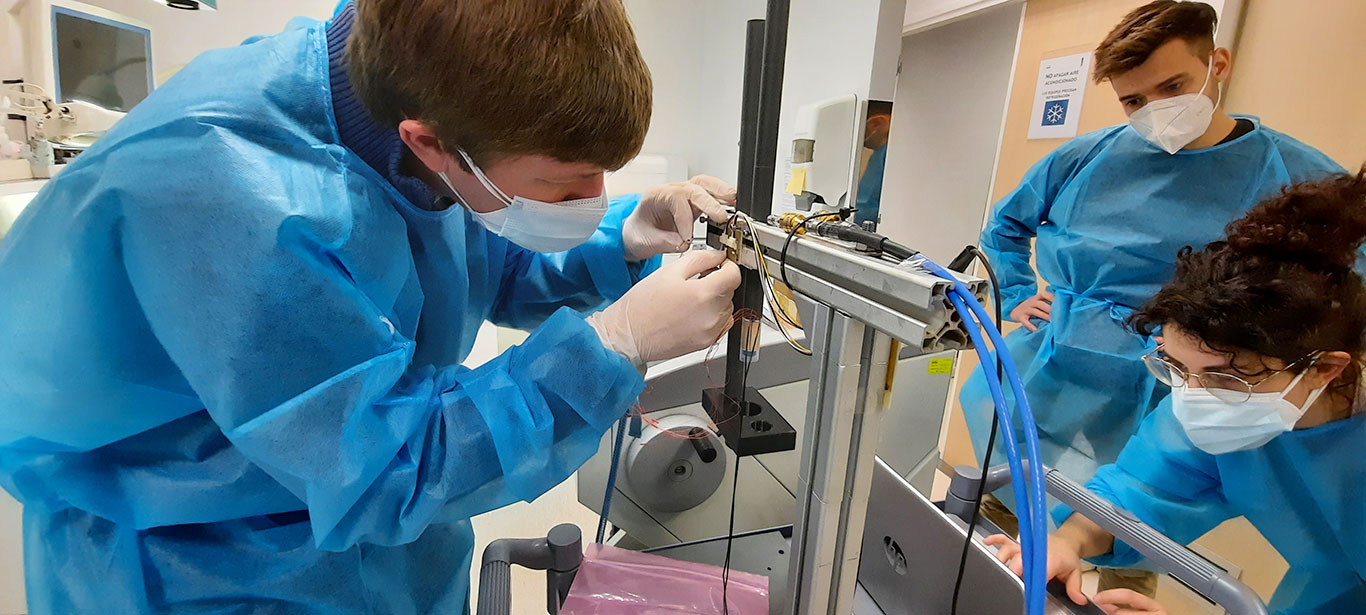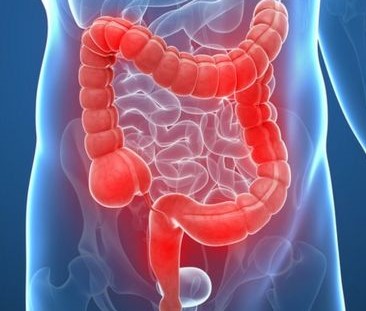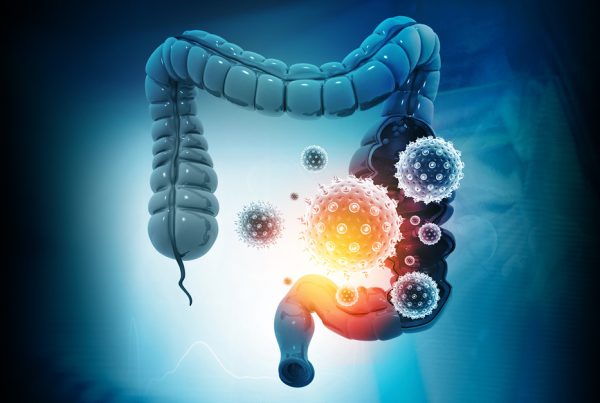Relentlessly, MiWEndo’s R&D project is progressing. Since shortly after the beginning of the year, our team of biomedical engineers has begun preclinical testing of our device.
The intention is to test with twenty human samples how our device behaves in real tissue. Therefore, we put aside the experiments with phantoms, which we already talked about a few weeks ago in this blog, to focus on what we call ex vivo experiments.
The tissues we are experimenting with are colons from patients that, unfortunately, have had to be removed. These tissues must normally be removed from the patient’s body due to the presence of a cancer or a cancerous polyp that has not been able to be resected endoscopically. As it cannot be otherwise, we deeply regret that our volunteers must go through all this. The small consolation is that these tissues are then extensively used for biomedical research, as is the case at hand.
Thus, in the first three experiments that we have carried out, we have learned to manipulate these pieces and be able to get the most out of them in the set-up of our device. In the process, our team of artists, that is, our biomedical engineers, have designed a system, throughout the three iterations, to be able to simulate on the table the conditions that are most similar to a colonoscopy, which is how our device will finally be used.
In this post, therefore, we want to thank our volunteer patients for their great contribution to MiWEndo: thanks to them, we have taken one more step towards the early diagnosis of colorectal cancer and they have contributed to fewer people having to go through the process they have gone through.





